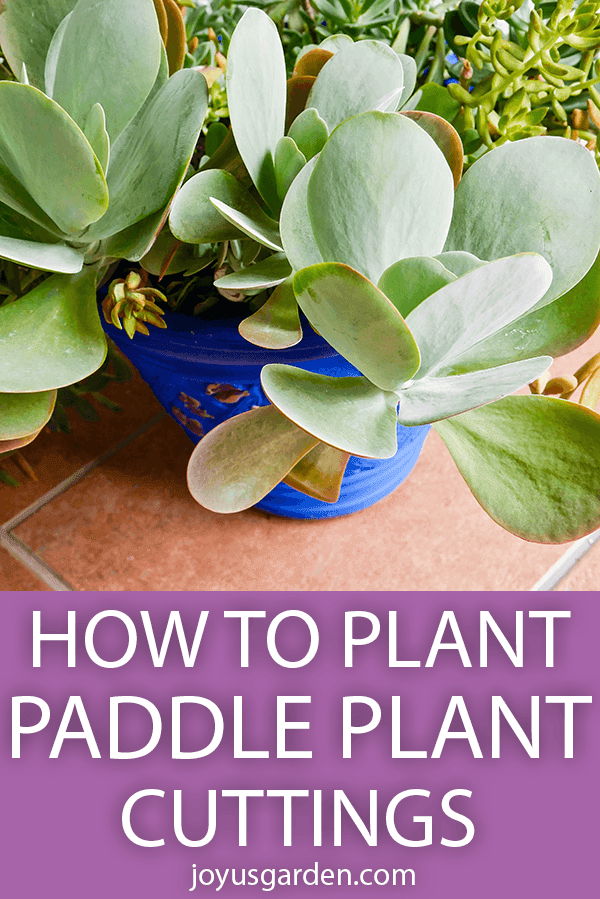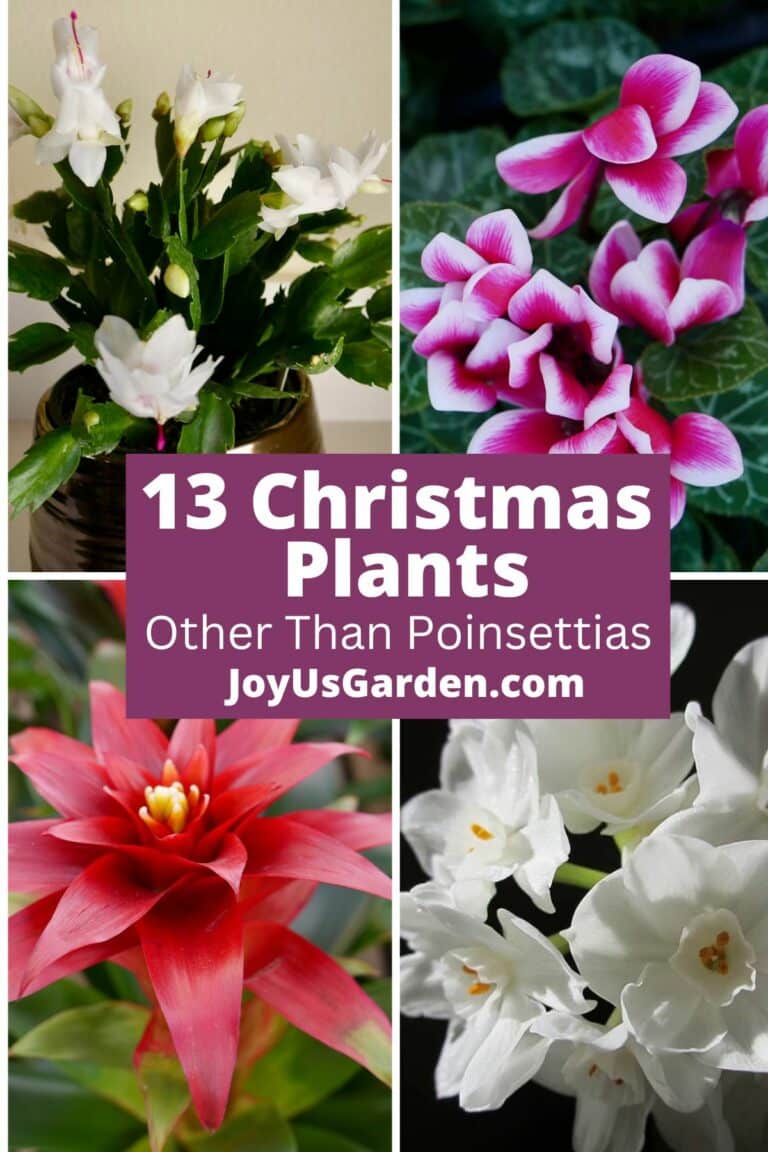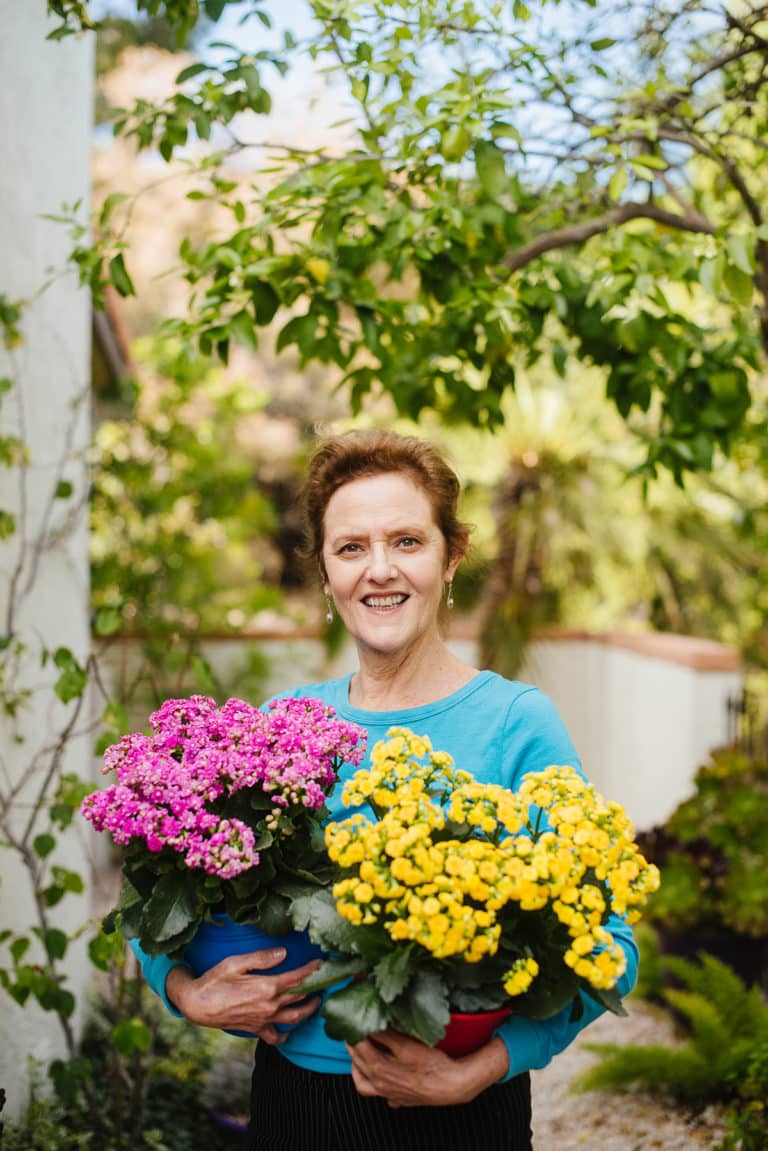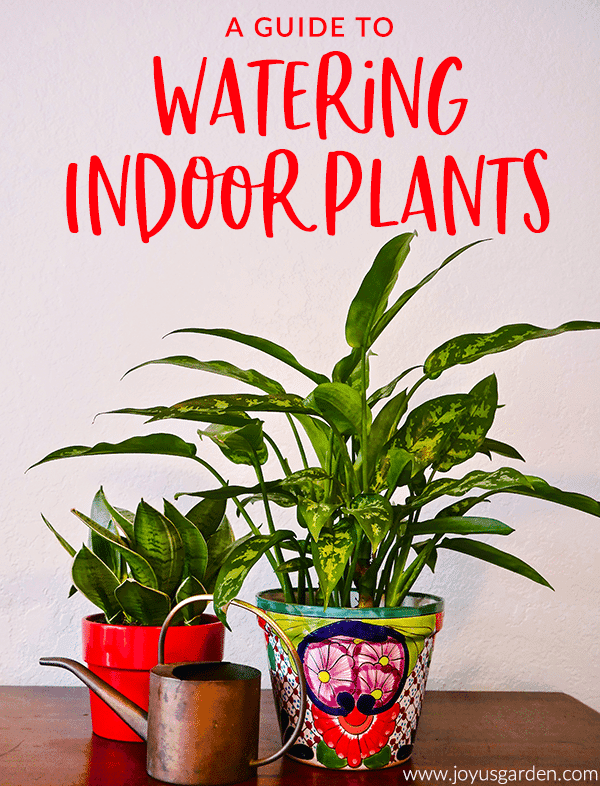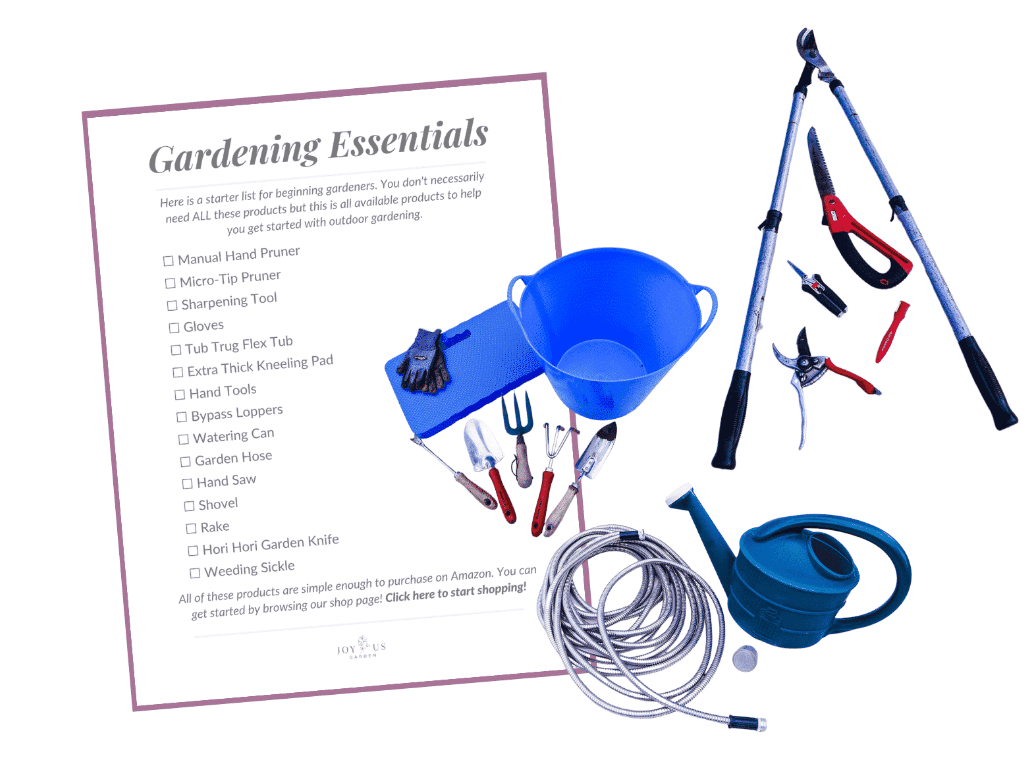Sweetheart Hoya: How To Care For A Hoya Kerrii
A Sweetheart Hoya is a beautiful, easy-care houseplant with its heart-shaped leaves. This guide will cover everything you need to know to keep yours happy and thriving. From lighting and watering to potting mix and little quirks that make this plant so unique, I want to share with you what I’ve learned about caring for and growing a Hoya kerri.
Around Valentine’s Day, you may have seen a single Hoya kerri leaf in a small pot for sale. This succulent vine has so many common names because of marketing. Yes, it’s true, a novelty gift needs many catchy names!
I live in the Sonoran Desert, where all my Hoyas do well despite the dryness and heat. There are also variegated forms of this plant if that’s a look you like.
Botanical Name: Hoya Kerrii Common Names: Sweetheart Hoya, Sweetheart Plant, Hoya Hearts, Valentine Hoya, Heart-Shaped Hoya, Wax Heart Plant, Love Heart Plant, Lucky Hearts Plant, Hoya Heart Plant (a lot of names for one plant!).
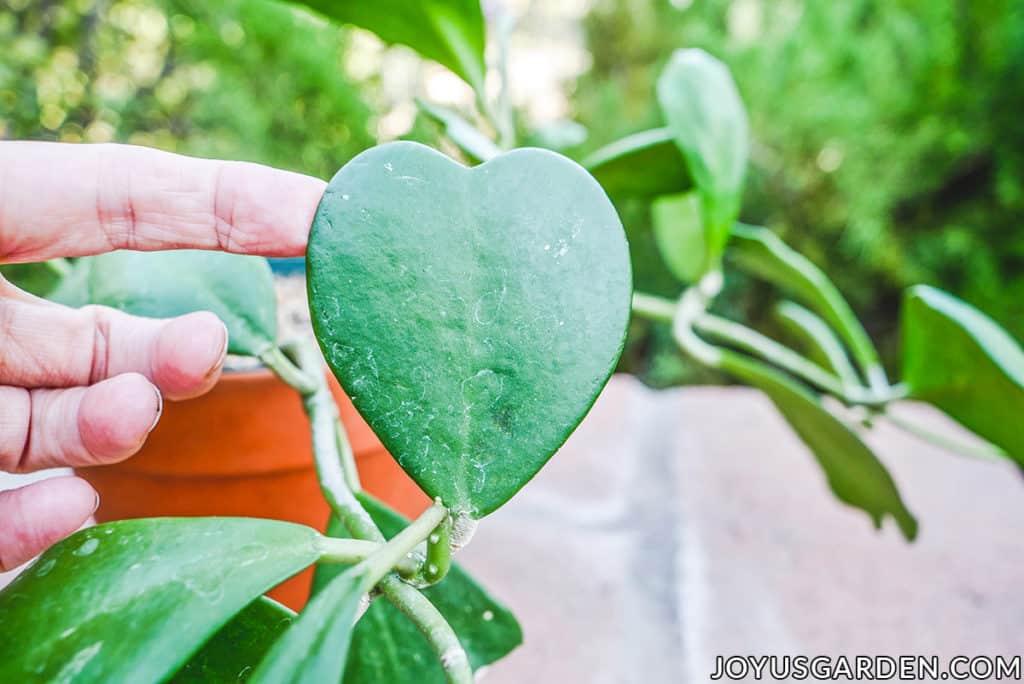
Sweetheart Hoya Care & Growing Guide
Uses
Hoya Kerriis are commonly used as tabletop plants (sitting on a table, shelf, buffet, credenza, etc) or as hanging plants. You can also train them to grow on a trellis or bamboo hoops.
Growth Rate
Slow to moderate. My three other Hoya varieties grow faster. If you have a single leaf growing in a small pot, don’t expect much, if any, growth. More on that under “Propagation”. This plant is a very slow grower in lower light conditions.
Size
They’re most commonly sold in 4″ or 6″ grow pots. I bought mine in a 6″ hanging pot, and after repotting it into an 8″ container about three years ago, it’s grown into quite a heavy trailing plant.
You can also find them sold as single heart-shaped leaves in small pots (especially around Valentine’s Day) —perfect if you’re looking for a cute gift. While a Hoya kerrii can grow up to 10′ long over time, it’s definitely a slow grower indoors, so patience and adequate light are key.
Light
A Sweetheart Hoya needs bright, indirect light to do its best – a moderate or medium light exposure. Keep yours out of hot, sunny windows and direct afternoon sun; otherwise, those tough succulent leaves will burn.
Mine sits on a tall plant stand in my office, 8′ from a large, south-facing window. We get ample sunshine all year in Tucson, so that’s the sweet spot.
In the darker winter months, you might have to move yours to a location with more light. If the light levels are too low, your Hoya will grow even slower, the leaves will get smaller, and the plant will get leggy. Here’s a post on Winter Houseplant Care that will help you.
By the way, Hoyas need as much light as possible to bloom indoors. That’s where a bright exposure comes into play.
Watering
Because it’s succulent-like, I water my Sweetheart Hoya when it dries out. Just because the surface of the soil is dry doesn’t mean the roots are too. In the summer, mine gets watered every seven to nine days. In the winter, I water it every fourteen days.
Yours might need to be watered more or less frequently than mine, depending on the pot size, type of soil it’s planted in, the location where it’s growing, and your home’s environment.
Although many Hoyas are vines and shrubs in their native habitats, some are epiphytic, like bromeliads and orchids. In short, Hoyas don’t like their feet to be consistently wet because this will lead to root rot. It’s better to underwater them than to overwater.
Check out this guide to Watering Indoor Plants, which will shed some light on this subject.
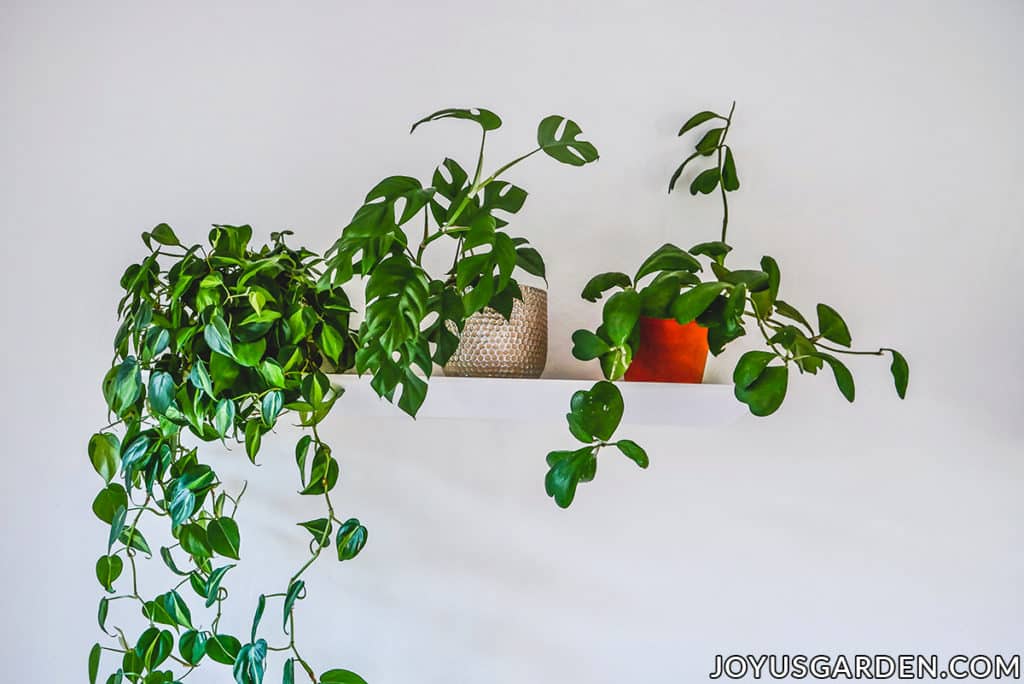
Temperature
If your home is comfortable, it’ll be so for your houseplants. Just be sure to keep your Hoya Kerrii away from any cold drafts and air conditioning or heating vents.
Humidity
Hoyas are native to tropical Southeast Asia, with a warm and humid climate. Even so, they adapt surprisingly well to the dry air in our homes. I live in hot, dry Tucson, and mine is growing beautifully.
Now and then, I take it over to the kitchen sink and give it a good rinse with the spray nozzle. It’s a quick and easy way to boost humidity temporarily, and the plant seems to love it. I also run two humidifiers when the humidity levels drop below 30%.
If your Hoya kerrii looks stressed from dry air, try placing the pot on a saucer filled with pebbles and water. Just be sure the bottom of the pot isn’t sitting directly in the water. Misting the leaves a couple of times a week can also give your plant a little extra moisture when it needs it.
More on houseplants and humidity.
Feeding/Fertilizing
During the active growing season, I fertilize my Sweetheart Hoya about once a month. Here in Tucson, that season runs long, from mid-February through October. I alternate between a few liquid fertilizers, including Grow Big, Liquid Kelp, and either Maxsea or Sea Grow. I alternate these fertilizers monthly and don’t use them all together.
Your start date may be later in a different climate zone with a shorter season. Feeding three to five times yearly with a houseplant fertilizer may be enough for your plants.
Fertilizing too often or with too great a fertilizer ratio can cause salts to build up and eventually cause root and leaf burn. This will show up as brown spots and edges on the leaves. If you fertilize more than three times a year, you can try using the fertilizer at half-strength. The label on the jar or bottle will guide you.
Don’t fertilize houseplants in late fall or winter because it’s not their active growing season. Be sure to avoid fertilizing a houseplant that is stressed, ie, bone dry or soaking wet.
More on fertilizing houseplants here.
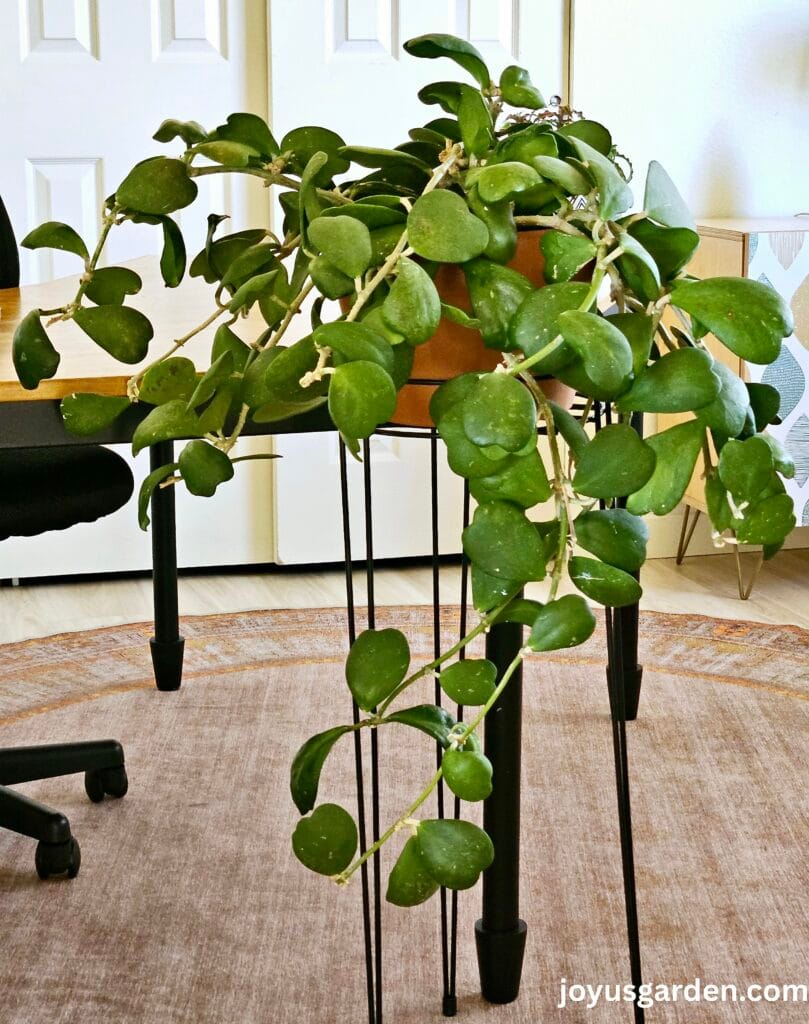
Soil
The soil mix needs to be rich, well aerated, and fast-draining. I use 1/2 potting soil and 1/2 succulent and cactus mix. Make sure the pot has drainage holes so the excess water can flow out.
You can find more details on what soil to use here.
Repotting
Repotting is best done in spring or summer; into early fall is fine in a warm climate.
Regarding this, don’t think yours will need it every year. These are epiphytic plants, and like orchids, they’ll bloom better if slightly tight in their pots, so leave them for a few years. In general, I repot my hoyas every four to six years.
This post and video dedicated to Hoya Kerrii Repotting will give you more details.
I’ve done a general Guide To Repotting Plants for beginning gardeners, which you’ll find helpful.
Training
You can let your Hoya Kerri trail and do its thing (like I do), or you can train it to grow up a trellis or some topiary form or over bamboo hoops.
I trained my Hoya carnosa variegata to grow over bamboo hoops. It’s not hard to do, and it’s a look I happen to like.
Pruning
You can prune your Sweetheart Hoya to control the size, make it bushier, thin it out, remove any dead growth, or propagate it if you want to.
If yours has flowered, don’t prune off too many short stalks from which the flowers emerge. That’s what they bloom off of next season. In other words, a hard pruning (which is sometimes necessary) will delay the flowering process.
Propagating
If you’re curious about multiplying your plant, I’ve written a post on how to propagate Hoyas. This guide covers five propagation methods, but the two I use most often are stem cuttings and division—they’re reliable, beginner-friendly, and great for expanding your Hoya collection.
Don’t expect growth in those single-leaf plants you buy in small pots. In the video, you’ll see a single-leaf Hoya obovata that I propagated almost 2 years ago. Even though I got a piece of the stem, there has been no growth from the leaf cuttings. It looks good and firmly rooted, but zero growth activity has occurred.
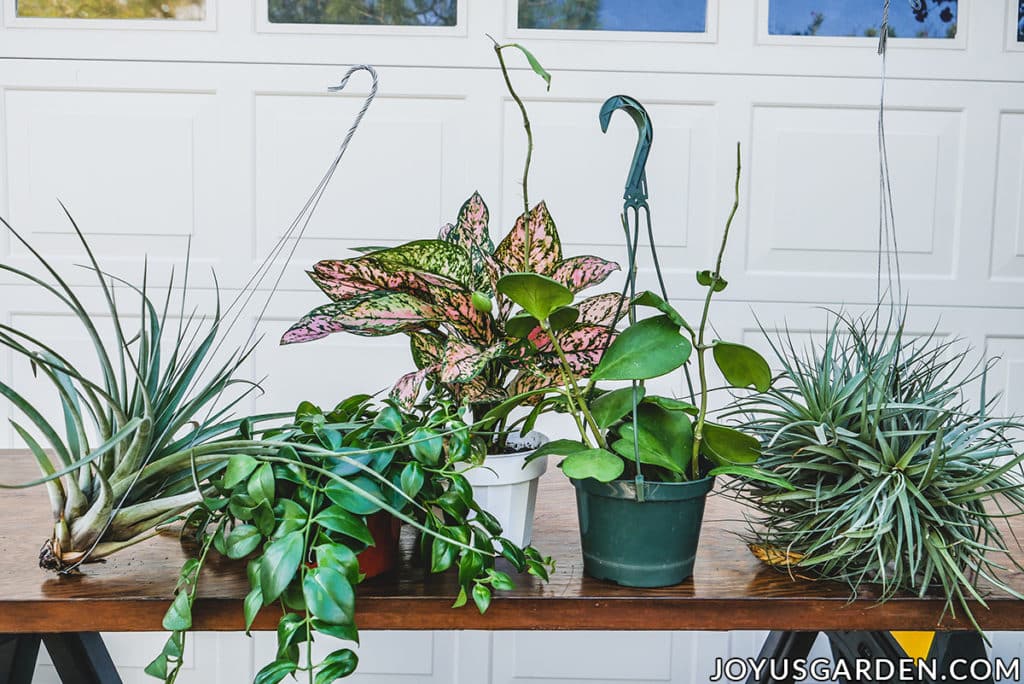
Pests
Sweetheart Hoyas can occasionally attract pests—mine have has a few run-ins. Mealybugs are the most common. These white, cotton-like bugs love to hide in the leaf nodes and underneath the leaves. I usually hose them off with water or dab them directly with a cotton swab dipped in rubbing alcohol as soon as I spot them.
I’ve also dealt with aphids on my Hoya kerrii. I use Captain Jack’s Insecticidal Super Soap to get rid of them, which has worked well.
Also, keep your eye out for scale and spider mites. It’s best to take action as soon as you see any pests because they multiply like crazy and can spread from plant to plant.
Pet Safety
Sound the trumpets! Sweetheart Hoyas are non-toxic. I consult the ASPCA website for this information. Just know that if your pet chews on the leaves or stems, it could make them sick.
Flowers
Saving the best for last – Hoya Kerrii flowers are beautiful. Their intriguing waxy, star-like blooms are creamy-white with dark pink centers.
When your Sweetheart Hoya blooms depends on a few things, including the plant’s age, light levels, and overall care. They have a better chance of blooming when they’re tight in their pots. And just like I mentioned in the “pruning” section, don’t cut off the old flower stems—Hoyas often bloom from the same spurs year after year. My Hoyas don’t flower on a schedule—they tend to bloom when they feel like it!
Indoors, they take longer to bloom. If yours has never flowered, it’s most likely not getting enough light or isn’t mature enough.
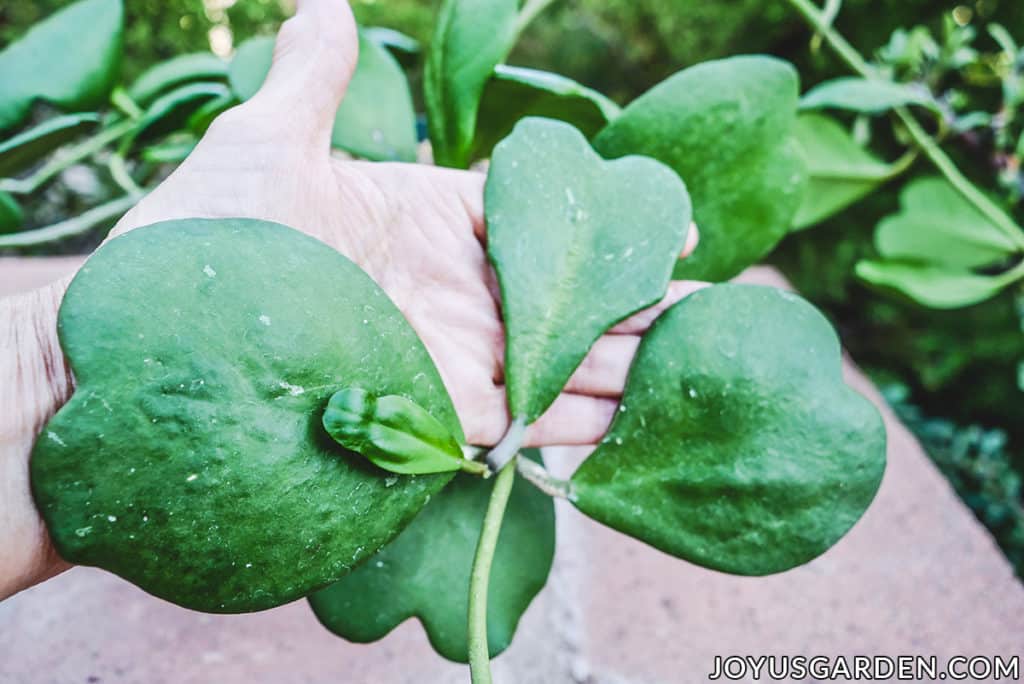
Sweetheart Hoya FAQs
A single-leaf plant will stay alive, but it won’t grow. They’re sold as a novelty item.
If your Hoya is getting leggy, you can tip prune (aka pinch prune) regularly, roughly every 6 months, to keep it bushier. This is a slow-growing plant, and likely won’t require much pruning.
Hoyas like bright natural light but no direct hot sun. A moderate or medium exposure is where they do best. Yes, they will burn if in a west or south facing window.
In my experience, they don’t bloom regularly and will do it when they please.
My Hoya carnosa variegata, which was growing on my side patio, bloomed three times when I lived in Santa Barbara. Here in Tucson, that Hoya has only flowered twice. They need bright light, time, and a bit of stress (like being slightly root-bound) to trigger flowering. An older plant has a better chance of blooming.
Yes, they both climb and trail. In their native tropical forests, this vining plant climbs up other plants.
This is commonly a watering issue. Hoyas need well-draining soil and to dry in between waterings.
If the leaves are sticky, inspect for pests like mealybugs or aphids. If it comes from the flowers, it’s likely the natural nectar.
Hoya Kerri Video Guide
In conclusion: The three most important things to remember when growing a Hoya kerrii are simple: it thrives in bright, natural light, prefers to dry out between waterings, and needs a well-draining soil mix to keep its roots healthy.
With the proper care, the Sweetheart Hoya is not only one of the most unique houseplants around—it’s also one of the easiest to grow. Whether a single heart leaf or a trailing vine, this plant will surely add to your indoor jungle.
Check out 14 Hanging Houseplants We Love. Get care & growing tips!
Happy gardening,


